When a City and a Bishop Went to War Over Beer
The 1380 Wrocław Beer War was a medieval Bohemian battle royale.

If you’ve been to a sporting event—almost any sporting event—then you know that beer and fighting often travel hand in hand. But beer and war? That’s what happened in medieval Wrocław, in western Poland, in 1380.
Wrocław was then the capital of Silesia, a region that corresponds to portions of today’s Austria, Czech Republic, Germany, and Poland. Silesia’s allegiance shifted throughout the Middle Ages, and in 1327 it severed ties to the Polish crown and joined the Kingdom of Bohemia. Wrocław wouldn’t be considered Polish territory again until 1945.
It was during this period that tensions over beer began. “Beer was a central component of public life,” says Richard W. Unger, historian at the University of British Columbia and author of Beer in the Middle Ages and the Renaissance. “It was the drink of parties, like dinners to celebrate guilds, and of public occasions. Besides, people were certainly getting nutrition from it.”
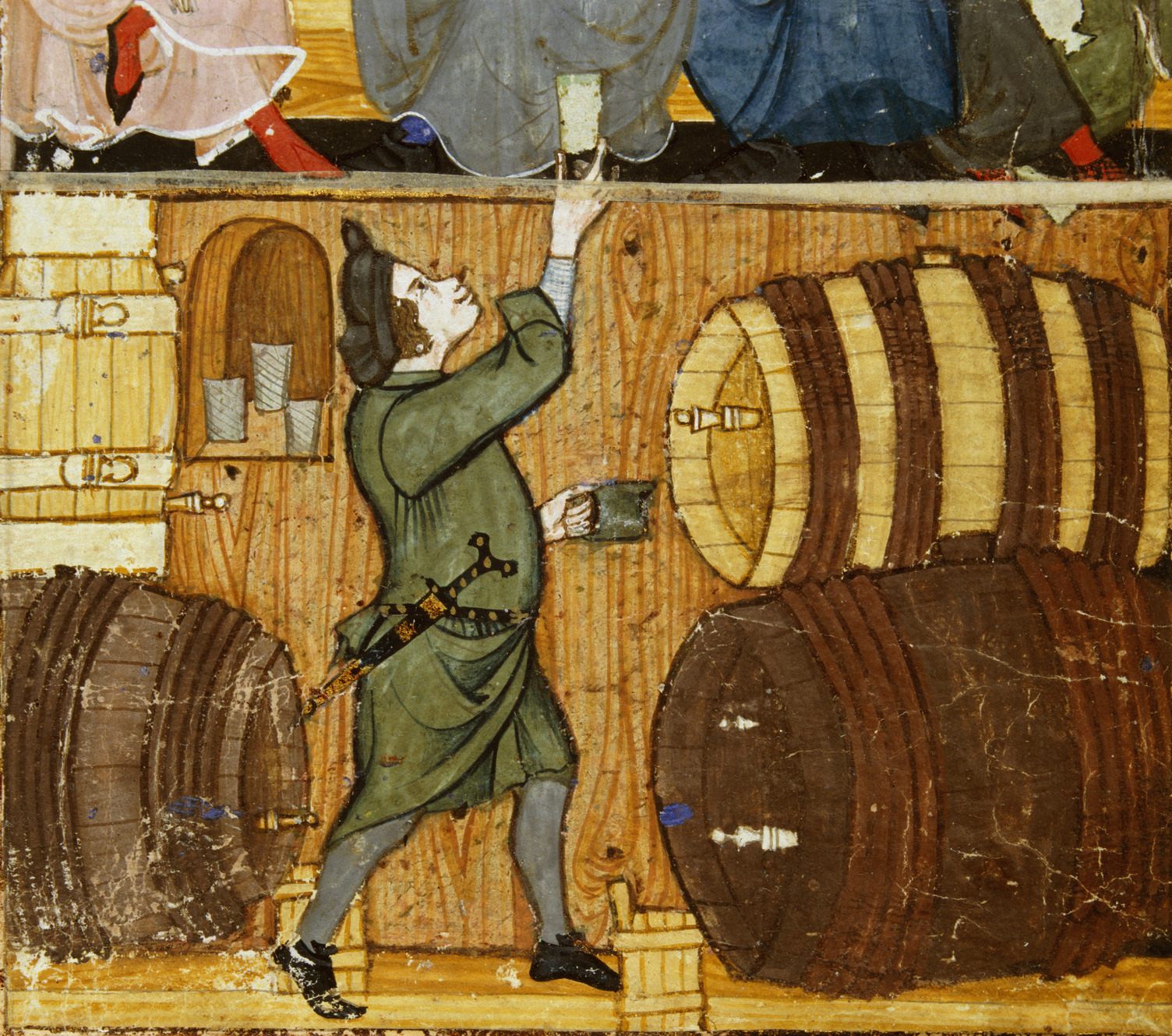
It was very common for town governments to run municipal breweries, Unger explains, and this was even more common in this part of central Europe, where a lack of capital made it hard for private citizens to start the own beer-making operations. “[What we now consider] Poland was very sparsely populated compared with Western Europe, which had more developed urban areas, and it was still mostly a rural economy,” he says.
In Bohemian Wrocław, there was indeed just one institution making beer: the city council, also known as the Rata or Rat. Beer was brewed in the basement right under the Town Hall. “It was from this very beer cellar that the city ran a lucrative beer racket, purveying a popular local brand from the nearby town of Świdnicka (known as Schweidnitz in those days),” writes Garrett Van Reed, an American journalist based in Poland who has written and edited travel guides about the country.
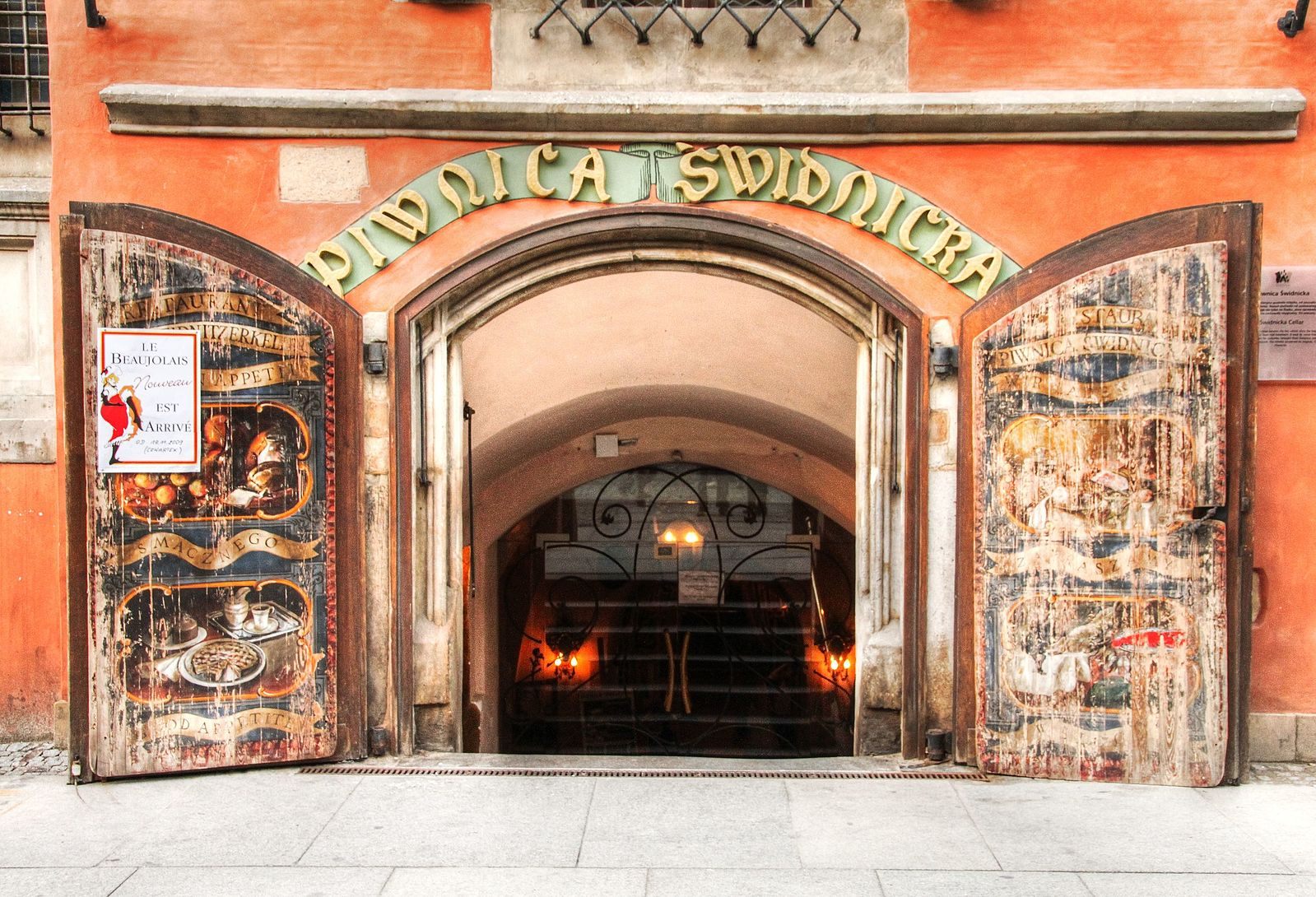
The Rata had exclusive rights to produce and tax the beer, called Piwo Świdnicka,* a name that lives on today in a restaurant in the basement space, by some accounts the oldest eatery in Europe. But by 1380 some Wrocławsters had started to ditch Świdnicka beer for brews made by monks from the nearby island of Ostrów Tumski, literally “Cathedral Island.”
The island in the Oder River hosted the Cathedral of St. John the Baptist, the seat of the Roman Catholic Archdiocese of Wrocław, as well as several smaller monasteries, the homes of a few noble families linked to the Church, and a population of job-seeking migrants. “In medieval Poland, monasteries often enjoyed generous land rights. They could farm the land and buy things,” Unger says. “So they were active economic centers and people would move near them to look for farmer or craftsmen jobs.”
Beer was a critical part of the monastic lifestyle of the time. “There are records from the eighth and ninth centuries that suggest monks would drink two or three liters of beer a day, for lunch and breakfast,” says Unger. “At dinner they had wine.”
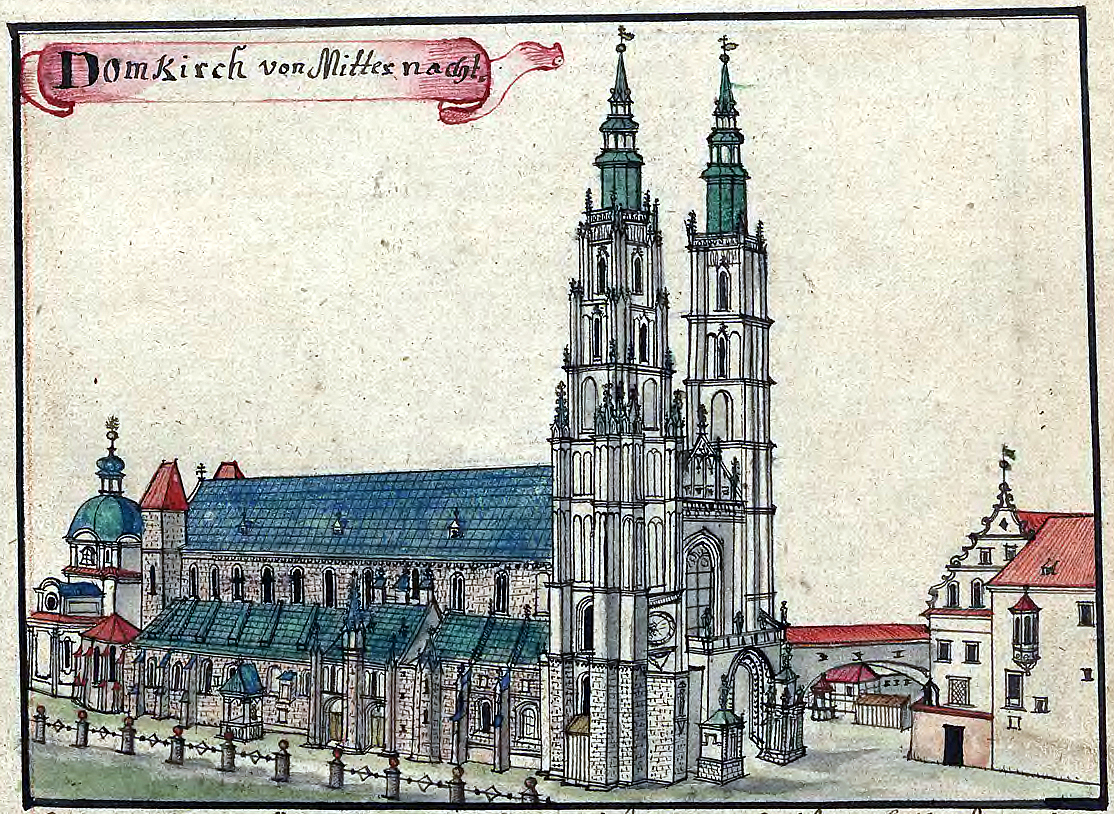
“In order to make beer you had to have a surplus of barley. Many peasants in rural Poland would rather keep their grains for bread if they could,” Unger says. Monks, on the other hand, had greater agricultural resources—and time—so they could create a more consistent flow of better-tasting beer. (Beer then, he adds, was rather cloudy, with bits of vegetable matter floating in it, and was sweeter than most of what we drink today.)
Despite its proximity to the Rata’s jurisdiction, the island was not subject to municipal laws, but to the rule of the Bishop—Wenceslaus II of Legnica, who was serving as temporary administrator after the elected Bishop, Johann von Neumarkt, died—who allowed monks and private individuals to brew beer as they pleased. So when island beers started to disrupt the Rata’s monopoly, Wrocław’s city council had only one choice. It declared war.
Trade wars that escalated to open conflict were not unprecedented in Wrocław’s history. As explained by Richard Hoffmann, an expert on medieval Poland and author of Land, Liberties, and Lordship in a Late Medieval Countryside: Agrarian Structures and Change in the Duchy of Wrocław, the layout of the town and island meant that goods had to pass through the town to reach the island, so the Rata and the Bishop periodically fought over the river passage. “The church would resort to religious weapons such as excommunications,” says Hoffmann, “while cities opted for more secular tactics like blockades or the like.”
But beer was special. Cities such as Wrocław depended very heavily on taxes on beer sales, Unger says. “There was a lot of money in beer. Cities could get 30, 40, 50 percent of their income from taxes on beer. They survived on breweries.” So a competitor like a monastery represented a existential, municipal threat.

The Rata tried diplomacy first. The council sent representatives to the island to explain their disappointment, but also, Van Reed writes, threatened confiscations and sanctions if things did not change.
The Bishop responded to the provocation with a bunker-buster: He placed the entire city under interdict, which meant that no religious service could be conducted within it. Basically, he cut Wrocław off from God so he could keep selling beer.

Wrocławsters voted with their mouths, and preferred the monk brews over the town alternative. So, when the Rata decided to invade and sack the island, it was with an army that did not exactly support its own cause—but did manage to cause a great deal of (drunken) damage. “When the Bishop denied the request to restore religious services made by the newly appointed king of Silesia, Vaclav IV, the Rata sent troops to Ostrów Tumski,” writes Van Reed. “For the duration of their stay, soldiers drunkenly roamed the streets looting church property while dressed in pillaged clerical outfits.”
The military invasion wasn’t able to change the Bishop’s mind. In the end, it took Pope Gregory XII. The religious ban was lifted by papal bull, and the Pope ruled that the island could brew beer, but only for its own inhabitants—thus restoring the Rata monopoly.
Revenge, like some varieties of beer at least, is best served cold. In 1418, an angry mob of Wrocław guildsmen decided to protest the Rata’s excessive taxes, nepotism, and corruption by storming Town Hall and killing six councilmen, including the mayor. The Bishop at the time—the newly elected Konrad IV the Older—got in the last word on behalf of his island. He had conveniently pre-absolved the guildsmen’s sins.
* Correction: This story was updated to correct the name of the beer.
Gastro Obscura covers the world’s most wondrous food and drink.
Sign up for our regular newsletter.







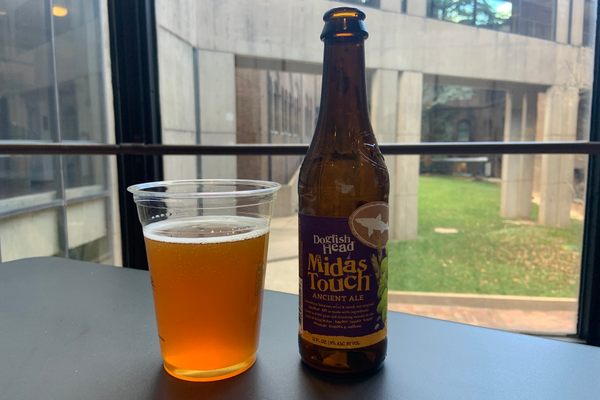













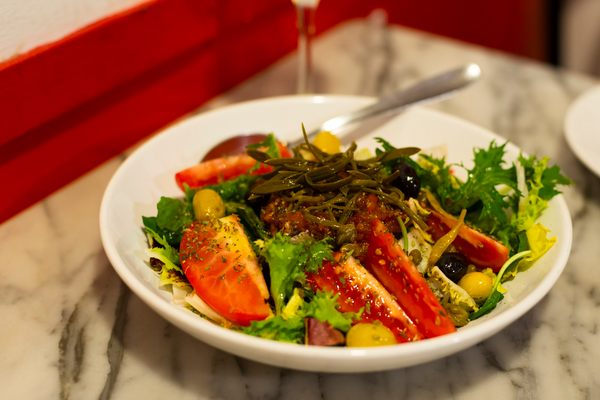
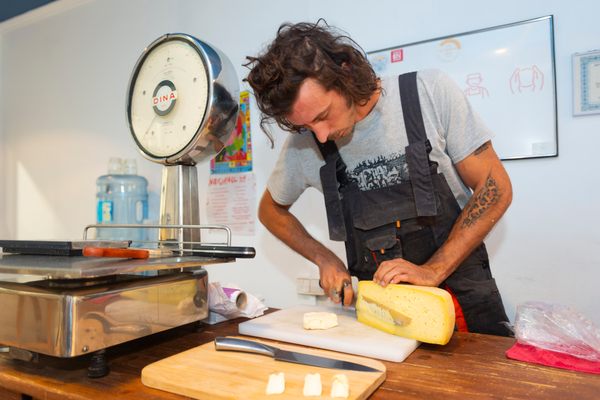

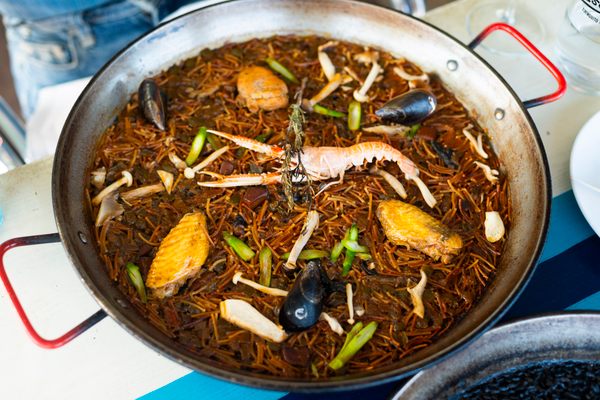
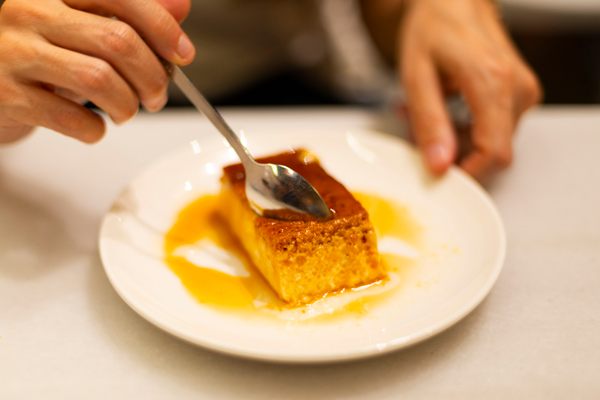


Follow us on Twitter to get the latest on the world's hidden wonders.
Like us on Facebook to get the latest on the world's hidden wonders.
Follow us on Twitter Like us on Facebook